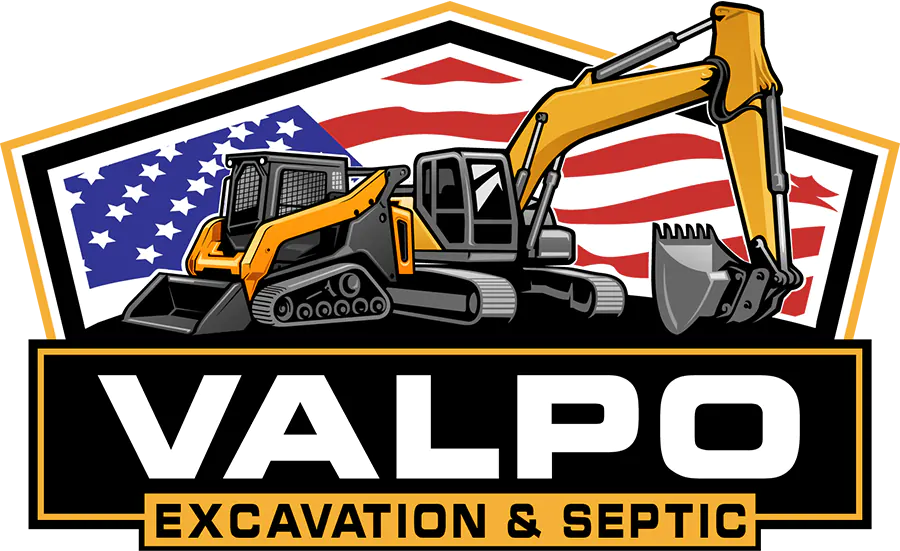In the past, hazardous materials were mainly considered acute hazards, which posed immediate health risks to the public. However, as human health concerns have increased, non-acute hazards have taken center stage.
In the 1970s, Congress passed the Superfund Act, which required the U.S. Environmental Protection Agency to report all releases of specific environmental contaminants. In 1980, the Department of Transportation (DOT) was mandated to regulate the transportation of hazardous materials.
Lead
Lead was an early hazard and was commonly used in fishing equipment and other products. Lead is a “heavy, soft, malleable, ductile, inelastic metal.” Its chemical formula is similar to plastic, making it easy to draw into thin sheets. As a result, it was widely used in the past.
Lead was widely used in fishing equipment, paint, window sealants, and more. In the 1940s, it was deemed the number one environmental threat to children in the United States but was not banned until 1988. The U.S. ban on lead was ineffective, so lead-contaminated fishing equipment is still used today. Its toxicity is when it’s in natural form, and it is found in numerous products and materials.
Although the U.S. has passed laws protecting the environment, lead is still a significant threat in many communities. The Environmental Protection Agency (EPA) has mandated that toxic waste be appropriately stored and handled. But many companies and individuals continue to use these substances. Despite this, these chemicals are still considered hazardous. But, they have been safely recycled. A lot of flammable materials have been made into industrial fuel.
Tin
Tin is commonly used in fishing gear. It is resistant to weather but is highly toxic. As such, it is not safe for use on food crops. In the past, lead was frequently mixed with copper to make tin, particularly during the Cold War.
Asbestos
Asbestos is another of the materials that have proven to be dangerous. Asbestos is a mineral fiber that can only be positively identified with the help of a special microscope. It was added to many products to provide strength and insulation, affecting the human body. Asbestos can cause lung cancer, mesothelioma, and talcum powder.
The use of asbestos in cement sheets was banned in the United States in the early 1900s. The mineral was used in nearly three thousand products, from cement wallboard to pipe insulation. Asbestos in cement sheets was widespread in older homes. Because of its high level of toxicity, asbestos cement sheets must be handled carefully. If not, it can cause lung cancer. Even when used correctly, asbestos must be handled in controlled conditions.
Asbestos was used in various products for its fire resistance and strength. Asbestos can lead to scarring of the lungs and cancer since it is a carcinogen. Thankfully, it is now widely banned in the United States, and it is still present in some products and is especially dangerous in older buildings.
Mercury
There are several precautions you need to take in case of a mercury spill, no matter how small the spill is, and it’s critical to read the Safety Data Sheets. As a rule of thumb, you should keep mercury in its original, labeled shipping container in a cool, dry area, away from heat sources. You should not handle an empty container; it may contain hazardous residue.
There are two main types of mercury exposure: inhalation and surface contact, and both of these are equally dangerous and are classified as carcinogens. Inhalation of mercury is the most common form of exposure to metallic mercury, and it can also occur through broken or spilled equipment. Occupational hazards can also be avoided by wearing appropriate personal protective equipment (PPE).
Mercury is a naturally occurring metallic element. It has a melting point of -39 degrees Celsius and a boiling point of 356 degrees Celsius. It has a low electrical resistivity and is safe to handle, but it requires special handling procedures and training. Aside from safety dispensers and PPE, proper ventilation is essential to control mercury in the air. It is also recommended that users wear protective gloves, face shields, and respirators.

